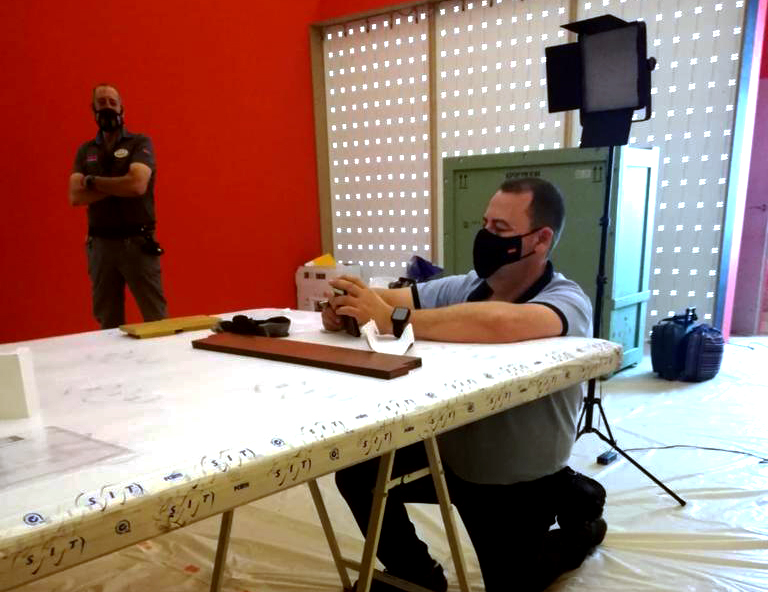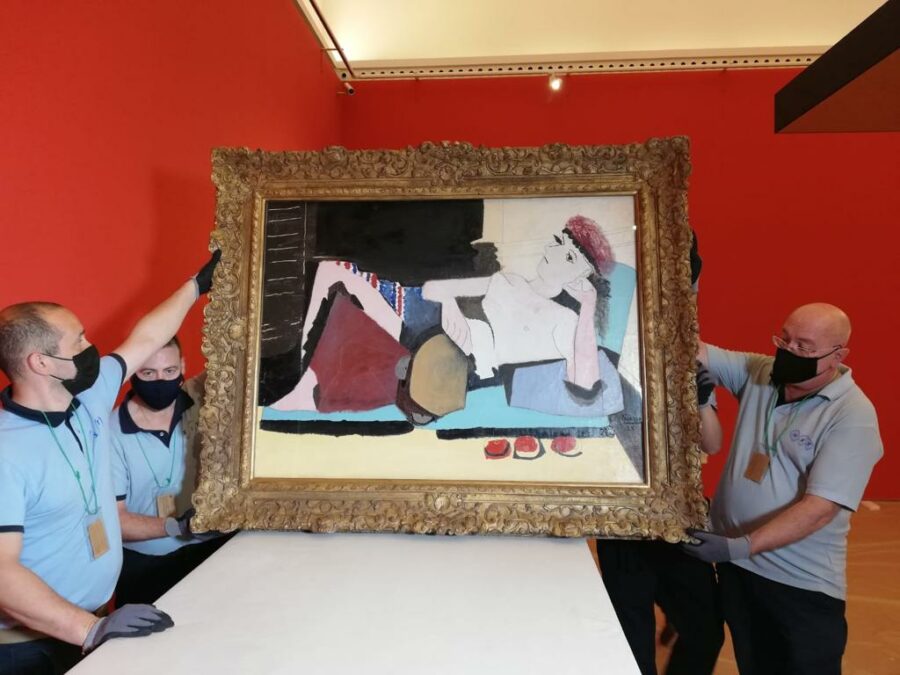SIT Spain and the transfer of the exhibition ‘Odaliscas. De Ingres a Picasso’


The Alhambra of Granada hosts in the exhibition hall of the Palace of Charles V ‘Odaliscas. De Ingres a Picasso’, its first major exhibition after the pandemic. The exhibition, which has been inaugurated by King Felipe and Queen Leticia, makes a small tour of the image that in the nineteenth and early twentieth century represented the oriental woman, totally questioned and prejudiced.
Through fifty works by Picasso, Matisse and Ingress, among other artists, from the main museums and collections of Europe and transferred by SIT Spain, it focuses on the figure of those slaves, whose life was reduced to indulge the whims of the sultans and their wives inside the palace: the odalisques. The exhibition can be visited until September 11 and admission is free. ‘Odalisques’ allows reflecting on the influence of the work of European artists who reinvented the concept at different times, represented in 3 different rooms.

In the first one, works by Ingres, Delacroix and Chassériau, “the formulators of the odalisque model”, are exhibited. There, alongside iconic canvases such as ‘The Little Bather’ or ‘The Great Odalisque’, is a collection of drawings by Ingres.
The central room presents extraordinary pieces by Constant, Gérôme or Seel, who contributed to recreate and spread the fantasies, clichés and misogynist prejudices surrounding the harem. One of the most outstanding works in this second part is ‘The Lying Odalisque’, by Jean-Joseph Constant, a huge canvas painted in the Alhambra in Granada.
The third and last room of the exhibition includes the work of Matisse and Picasso. Along with an exceptional odalisque by Matisse, belonging to a private American collection, a group of exceptional works by Picasso is presented. Among others, ‘Woman with a Tambourine’ from the Musée de l’Orangerie and ‘Lying Woman’ from the Centre Pompidou stand out.